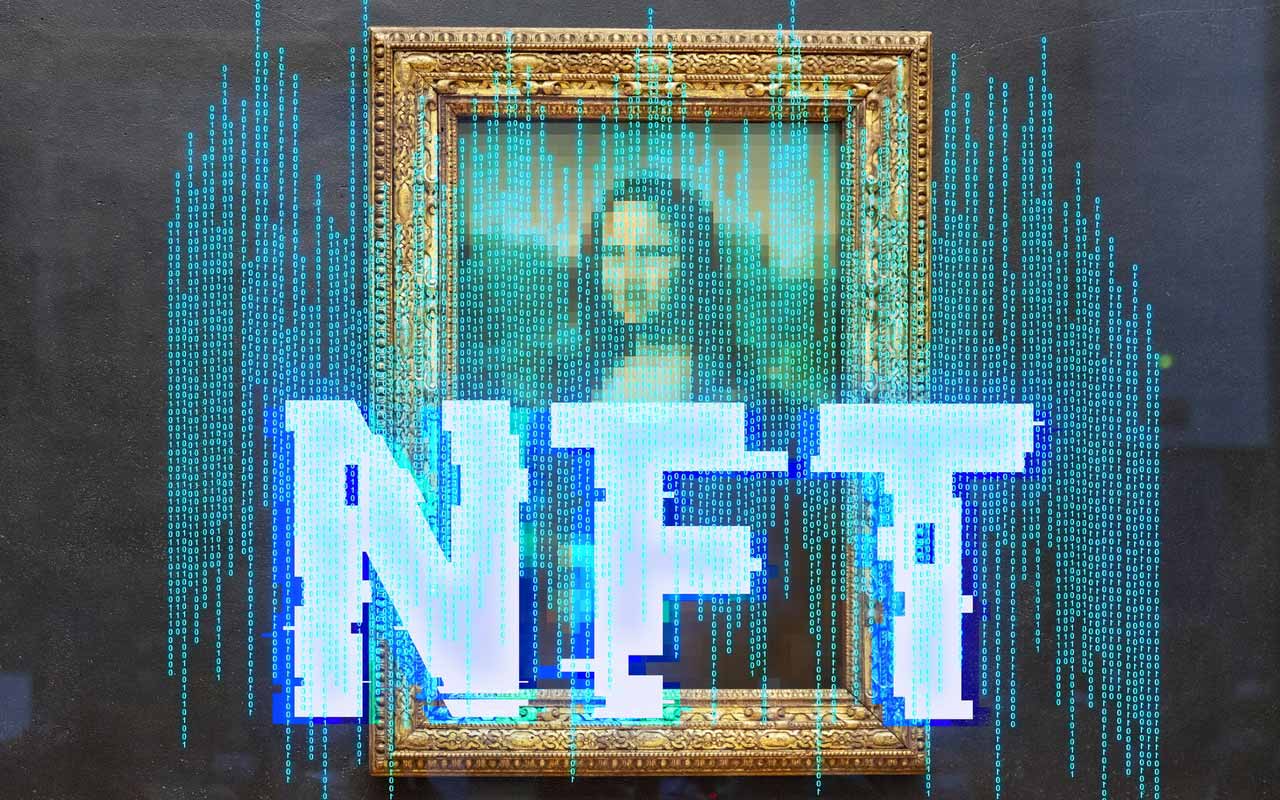
While most people might think of funny, pricey pieces of digital art when they hear the term ‘NFT’ (non fungible token), NFTs are being employed in an increasing number of applications, including games, music and even automobiles – Alfa Romeo announced its subcompact Tonale SUV will include an NFT that will record vehicle data, generating a certificate that can be used to assure the car has been properly maintained.
In addition, NFT arts are used as collateral for financing where lenders could foreclose and own the NFT of a defaulted loan “at a darn good price”. New beneficial applications of NFTs are emerging. For instance, NFTs linked to physical art made by traditional indigenous artists can be listed on online marketplaces, offering these artists a global audience that would otherwise be inaccessible to them.
The Need For NFT Risk Assessment
But, as the transaction value and usage of NFTs increase, so too do the needs for the owner to fulfil obligations in, inter alia, the reporting for auditing, tax and regulatory compliance purposes, due diligence (e.g. where NFT assets are part of acquisition or merger negotiations), the avoidance of fraud, and ensuring transactional confidence. These risks became all the more tangible when the UK’s tax department, Her Majesty’s Revenue and Customs (HMRC), seized NFTs as part of a £1.4 million fraud case.
Identifying these risks is obviously beneficial – the riskiness of an asset affects its validity which, in turn, impacts its value. Yet, it is far more challenging to map such risks than it would appear upon first glance.
Complexities Of NFT Risk Assessment
To start, a proper analysis of NFTs, like any assets, physical or digital, tangible or intangible, needs to start with some commonly agreed-to basis or principles, yet these important aspects of review are overlooked due to definitional limitations. For instance, one who equates NFTs solely with JPEG images might offer an analysis that could be far more limited than analyses undertaken by others employing more robust definitions. The problem is, not everyone shares the same definition of NFTs. The World Intellectual Property Organization faced a similar problem in defining ‘artificial intelligence (AI)’ when coming to terms with managing AI and intellectual property (IP).
There are also issues surrounding NFTs and related components or technologies that should be acknowledged in a risk analysis. For instance, whether ‘smart contracts’ (which are pieces of software code that can have legal effect) are ‘contracts’ that are legal or enforceable as such, potentially impacting the value of an NFT. Here things are still evolving – for instance, in its 2021 report, the
There are also issues surrounding NFTs and related components or technologies that should be acknowledged in a risk analysis.
UK Law Commission confirmed that “…the existing law of England and Wales can accommodate and apply to smart legal contracts, without the need for statutory law reform” and recognized Singapore’s “…advanced use of smart legal contracts and developing jurisprudence on smart legal contracts following High Count and Court of Appeal decisions in Quoine Pte Ltd v B2C2 Ltd ([2020] SGCA(1) 02”.
What Factors?
Then there is the matter of what to factors to include in a risk analysis of an NFT.
While online sites exist that look at the validity or value of specific kinds of NFTs (some even offering ostensibly free services, albeit with blatant attempts to upsell paid services), there are important limitations with respect to their business (i.e. are their analyses only limited to examining NFTs available on specific, or their own, marketplaces or for specific applications?), and technology (i.e. are they only limited to examining NFTs minted on a specific blockchain?). Some sites only look at specific aspects of NFTs (e.g. smart contracts or the validity of links to the underlying asset) or only provide static snapshots, typically of the shelve value of the NFT.
The validity of links is critical to the NFT’s value, for instance if one bought an NFT for a digital house that one wanted to sell on a marketplace platform. That NFT has value if the link to the house is valid. If the link is broken – the content is moved, the server is down, a cybersecurity attack occurs, the marketplace goes out of business, there are “cash grabs/rug pulls” by the project team, or the content was simply deleted – the seller will have nothing, other than some digital bits. Moreover, the underlying asset would need to provide some actual value or, financially speaking, intrinsic value – for example, if one were to make an NFT of oneself for identification purposes, the accuracy of the information, given how such data and one’s appearance changes, would also be important.
Disconnects?
These siloed observations do not, however, paint a full picture – there may be disconnects between value and validity. For instance, analysis basing the value of an NFT on the reputation of the project team or transaction volumes of the team’s best past project and focusing on these factors could be artificially inflated by wash trading, where the provider also buys the NFT he or she is selling, perhaps with the help of other agents rigging the floor price – a commonly seen market manipulation technique which exists in the real world.
Moreover, NFT values and validity are volatile. While some are aware that the value, or at least the price, of many NFTs in marketplaces fluctuate over time, they may not recognize the added contribution of legal, technological and business determinants adding to the already existing volatility which, in some cases, can effectively invalidate NFTs or their sales.
Intellectual Property Complications
Complications have occurred in copyright disputes between rights holders and NFT minters, among joint authors, or due to contractual restrictions. NFTs for patents can be invalidated if the underlying asset – the patent – is itself invalidated judicially by the relevant national patent office, invalidated due to a simple failure to pay the requisite fees, or is de facto invalidated by rampant infringement. Plus, then, the value of the patent also depends on the relevant technology area, including its stage of development and adoption. Then there are questions whether an underlying asset of an NFT that incorporates other holders’ IP rights, such as videos including someone’s picture or trademark, can be invalidated through an infringement action.
The newly minted token will be traded separately and may appear to have its own value structure and pricing mechanism. For traders in traditional financial instruments like stocks and commodities, this process may sound familiar.
Aside from IP, considerable legal focus has also been devoted to issues of fractionalization, a growing trend through the use of a DeFi protocol, particularly with the offering of new tokens minted from a fractionalized NFT or a pool of NFTs as a “spin-off ” DeFi project, where the newly minted token can be used for staking, yield-earning or swap through a DEX, like Uniswap. The newly minted token will be traded separately and may appear to have its own value structure and pricing mechanism. For traders in traditional financial instruments like stocks and commodities, this process may sound familiar. In 2008, we had Mortgage-Backed Securities (MBS) – the asset type, and Centralized Debt Obligations (CBO) – the name of the staking instrument – and the insurance swap of CDOs was the Credit Default Swap (CDS).It looks as if it’s an instrument of its own with different financial objectives and pricing structure. The risks associated with the first level underlying asset, i.e. the NFT, is often overlooked and the general public may not even be aware of its existence.
There are also certain geographical and legal issues which exist in the cyberworld related to cryptocurrency (e.g. when China outlawed cryptocurrency transactions and issued a national ban on crypto mining, companies offering NFTs scrambled to redefine NFTs as ‘digital collectables’), privacy, and data transfer. But, anyone trying to do such legal analysis also needs to know where to look for the right authorities and that is not always an obvious exercise (e.g. issues of IP or data localization may be found in trade agreements, not in the IP or privacy statutes).
Conclusion
In short, the validity of an NFT can be highly volatile and dependent on a multitude of legal, business and technological factors. Any proper risk analysis must be dynamic and consider these multiple matters at the same time.
By Ronald Yu, Arctic Aurora Advisory Services; Co-designer Of Tarid and Fred Chan, Co-designer Of Tarid

Ronald Yu Ronald is a director at Arctic Aurora Advisory Services and the co-designer of TARID. He has taught classes, and written articles and books on intellectual property, information technology law, digital evidence, NFTs, smart cities, trade law, and Fintech. His upcoming book, co-authored with Prof. Bryan Mercurio of the Chinese University of Hong Kong, Regulating Cross-Border Data Flows: Issues, Challenges and Impact, will be published soon. |
 Fred Chan Fred Chan
Fred is the co-designer of TARID. He is a chartered accountant, forensicator, cybersecurity consultant, data privacy professional, business insider, crypto holder, futures trader, melomaniac, cinephile and more. Fred has over 20 years’ experience in high-tech investigations, regulatory compliance and cross border financial forensic investigations in many locations around the world. |
* This article was first published in April 2022 issue of the IHC Magazine. You can read/download the magazine here.















